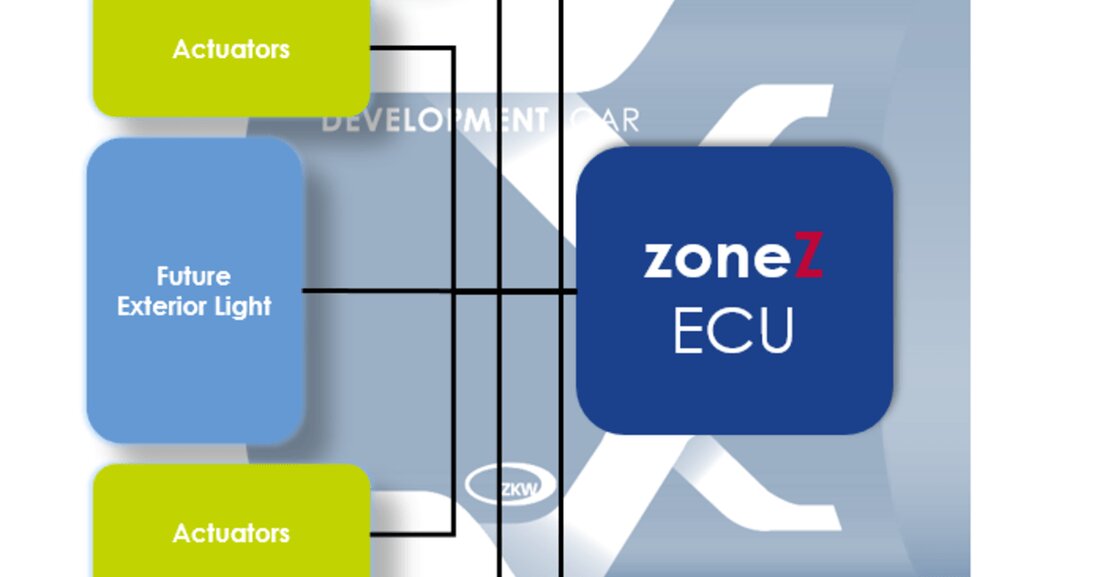High-tech control devices from Austria
Two local companies and a technical college want to take the next step in ECU development with a new research project. The idea sounds exciting.

High-tech control devices from Austria

As part of the “zoneZ” research project, ZKW is working together with the AIT Austrian Institute of Technology and the mechatronics course at the Wiener Neustadt University of Applied Sciences (FHWN) on a new class of control devices for motor vehicles. The “zoneZ” project is funded or financed by the Federal Ministry for Climate Protection as part of the RTI program Mobility of the Future and is managed by the Austrian Research Promotion Agency (FFG). The aim is to develop a zonal control unit that in the future can control vehicle sensors such as radar, cameras and LiDAR, but also actuators such as headlights and displays. This could support driver assistance functions, spotlights to specifically illuminate endangered objects, parking assistants or pedestrian protection to avoid accidents. "Our idea is to build the electronic vehicle architecture of the future on sections, i.e. defined by geometric proximity. The aim of the research project is a functional model that can be used in a static model, but also in a test vehicle," explains Oliver Schubert, CEO of the ZKW Group.
ECU architecture of the future
Surrounding sensors and the evaluation of sensor data have dominated the development of assistance systems on the way to autonomous driving for years. In the “zoneZ” project, ZKW and its partners are researching what requirements can be derived from this for the control unit and the sensor systems and what a suitable control unit architecture might look like. Central to this are the interfaces to sensors, the evaluation of sensor data as well as safety and security tasks. Using static laboratory samples, the different solution approaches can be evaluated with simulated and real-world data. “Finally, we will create a control unit functional model for a test vehicle with which we can test a realistic application, for example pedestrian protection,” says zoneZ project manager Michael Stanschitz.
High-performance control unit
The three partners in the research project take on different tasks: The ZKW team around Michael Stanschitz is responsible for the architecture and requirements work packages as well as for testing, verification and the test platform. The aim is to show how the computing power of embedded hardware can be increased by a factor of 100. The mechatronics course at FH Wiener Neustadt deals with the topic of artificial intelligence. For example, sensor data can be evaluated efficiently using AI-based algorithms. AIT is researching 3D environment recognition, reconstruction and evaluation as well as the development of robust sensor technology and sensor data fusion. The common goal is to develop a zonal, high-performance control unit with ultra-fast interfaces in order to be able to control the future sensors and actuators in the vehicle. "By developing and building a functional model, we want to demonstrate the possibilities under real conditions. This could lay the foundation for a future product family at ZKW Elektronik," says Oliver Schubert.

 Suche
Suche
 Mein Konto
Mein Konto